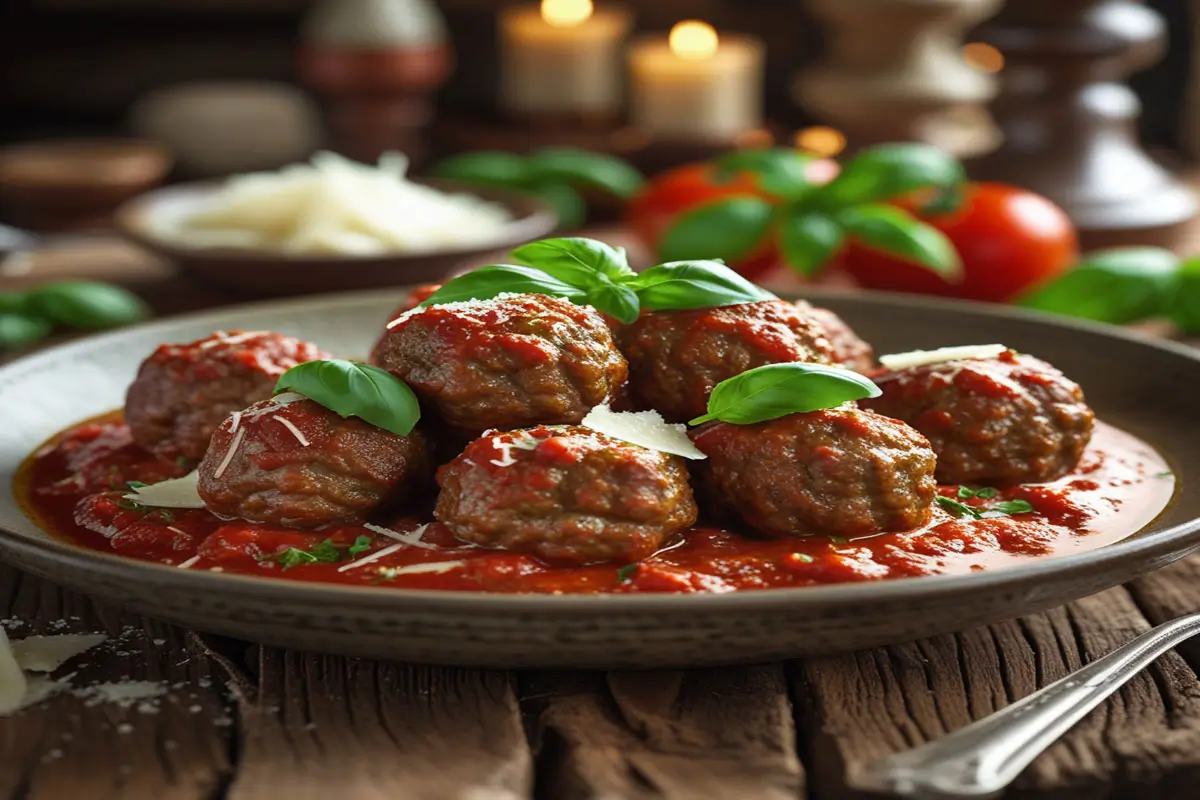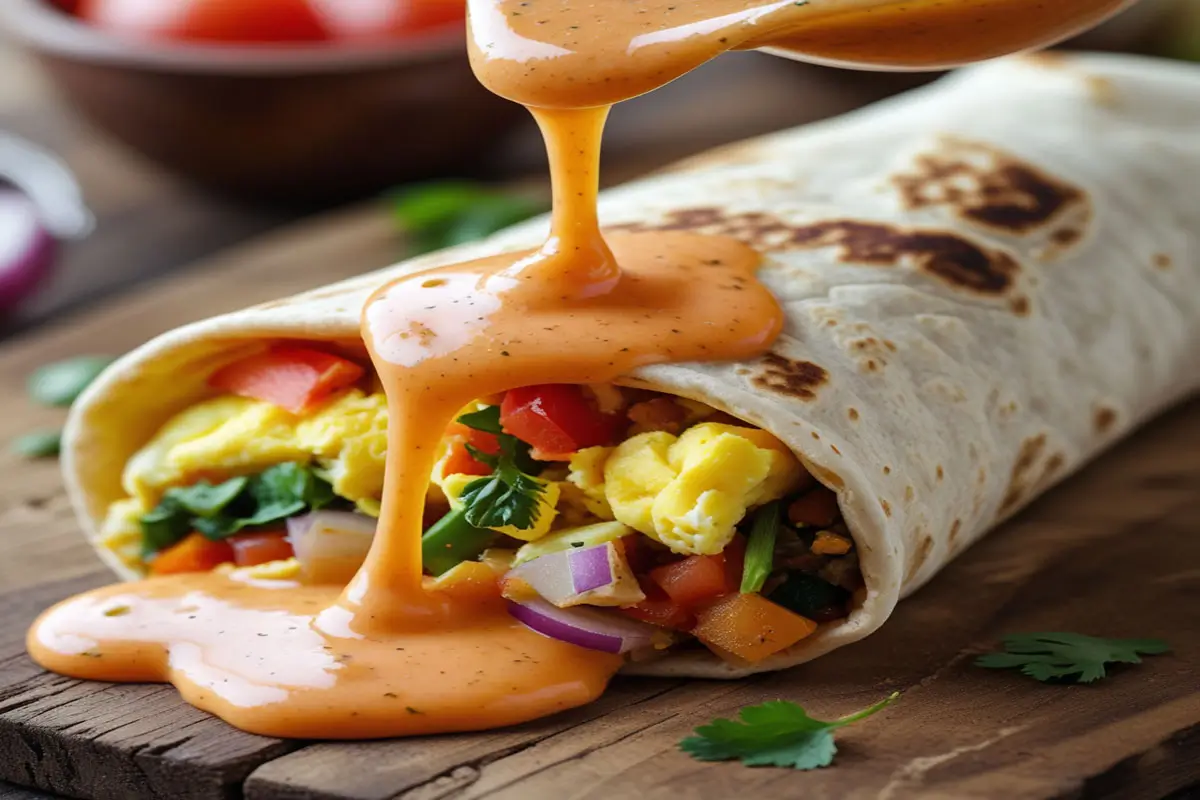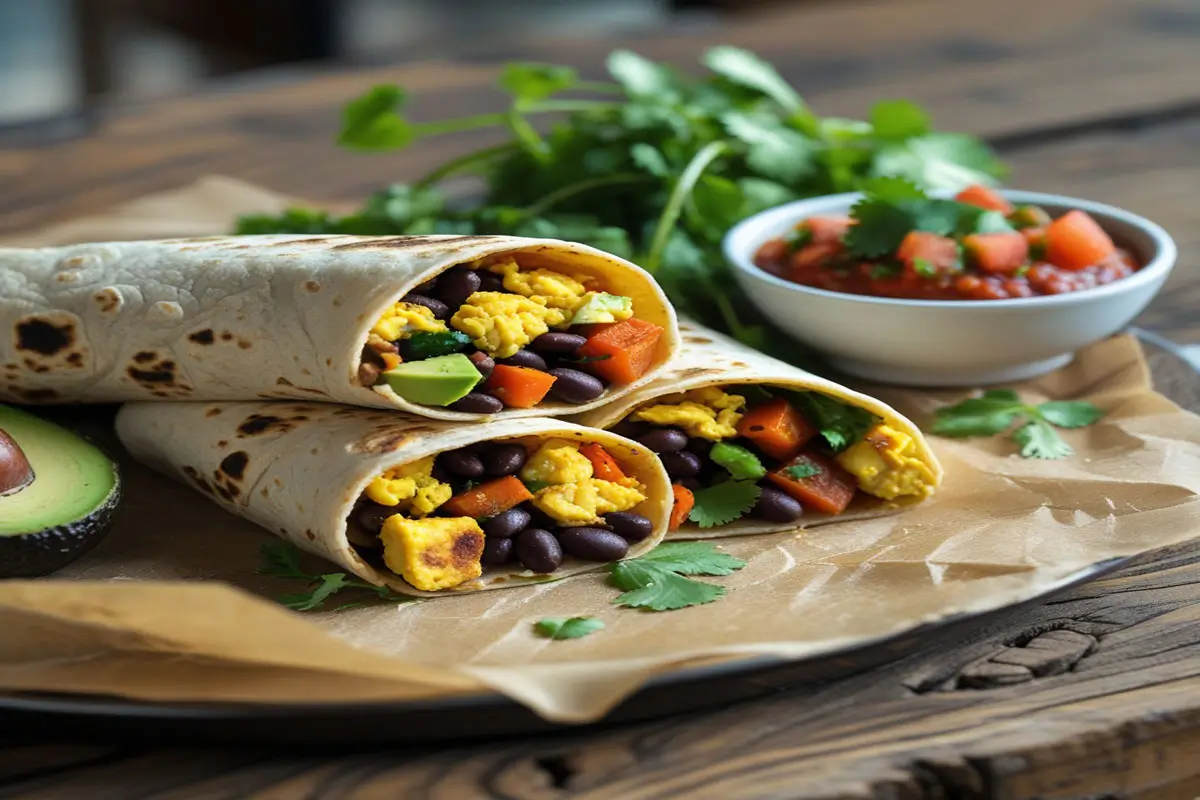Wagyu meatballs are a luxurious and flavorful twist on the classic meatball recipe. Known for their high marbling, tenderness, and rich taste, Wagyu beef has become a premium choice for culinary enthusiasts around the world. This article delves into the world of Wagyu meatballs, offering a comprehensive guide on what makes them so special, how to select the perfect cut, and the best methods to cook them. Whether you are a home cook or a professional chef, learning how to create the perfect Wagyu meatballs can elevate your cooking skills and impress your guests.
Table of Contents
Wagyu Meatballs: The Ultimate Guide to Flavor and Texture
Wagyu meatballs stand out due to the unique texture and taste that Wagyu beef offers. Unlike regular beef, Wagyu has a higher fat content, contributing to its melt-in-your-mouth experience. The fat in Wagyu beef is rich in unsaturated fats, which helps distribute flavor evenly throughout the meatballs. This creates an unparalleled juiciness that many beef dishes lack. When properly cooked, Wagyu meatballs have a soft, tender texture that can be compared to premium cuts of steak. The marbling in the meat provides moisture and flavor, making each bite unforgettable.
By choosing Wagyu beef for your meatballs, you are selecting a top-tier ingredient that brings out the best in any recipe. The rich flavor profile is enhanced by the fat, which is also responsible for the meatball’s exceptional tenderness. This gives the Wagyu meatballs a unique edge over traditional meatballs made from lean beef or pork. If you want to make a lasting impression with your cooking, Wagyu meatballs are an excellent choice.
What Makes Wagyu Beef Special for Meatballs
Wagyu beef is known for its high marbling, which results in tender, juicy, and flavorful meatballs. The fat is evenly distributed throughout the muscle tissue, keeping the meatballs moist and succulent. Additionally, Wagyu beef offers a rich umami flavor that enhances the meatballs’ taste and texture. Its smooth texture allows it to bind well with other ingredients, ensuring the meatballs stay tender and retain their shape during cooking. This marbling prevents them from drying out, making every bite rich and flavorful.
Choosing the Right Cut of Wagyu for Meatballs
When selecting the right cut of Wagyu beef for your meatballs, it’s important to consider the balance of fat and lean meat. Different cuts of Wagyu provide varying textures and flavors, so choosing the right one can make a significant difference in your Wagyu meatballs. Some of the best cuts to use for meatballs include:
- Ground Wagyu Chuck: This cut offers a good balance of lean meat and fat, ensuring your meatballs are juicy and flavorful.
- Wagyu Brisket: This cut is slightly fattier, making it ideal for creating ultra-moist meatballs with a rich, deep flavor.
- Wagyu Round or Sirloin: These cuts are leaner but still maintain a good amount of marbling, which is key for keeping the meatballs tender and flavorful.
For the best results, it’s recommended to blend different cuts of Wagyu beef. Combining the chuck with a fattier cut like brisket can create a perfect balance of flavor and texture in your Wagyu meatballs. Alternatively, you can use pre-ground Wagyu from a butcher to ensure consistency and quality.
Essential Ingredients for Perfect Wagyu Meatballs
While Wagyu beef itself is the star of the dish, the other ingredients you use play a critical role in achieving the perfect Wagyu meatballs. The goal is to complement the beef without overpowering its natural flavor. Some essential ingredients for making perfect Wagyu meatballs include:
- Breadcrumbs: These help bind the meat together and provide structure without drying out the meatballs.
- Eggs: Eggs act as a binding agent, ensuring that your meatballs hold together during cooking.
- Garlic and Onions: Fresh garlic and onions add flavor depth to the meatballs, balancing the richness of the Wagyu beef.
- Parmesan Cheese: Adding grated Parmesan helps enhance the savory flavor of the Wagyu meatballs, giving them a cheesy kick.
- Herbs and Spices: Fresh herbs like parsley or basil, along with salt, pepper, and optional red pepper flakes, help season the meatballs and add a burst of freshness.
The key to perfect Wagyu meatballs lies in the seasoning. You don’t want to overwhelm the beef’s flavor, but you also want to enhance it. Keep the seasonings simple and let the Wagyu beef shine. A mix of fresh herbs and spices will bring out the best in your meatballs, making them even more delicious.
Step-by-Step Guide to Making Wagyu Meatballs
Making Wagyu meatballs is a straightforward process that results in delicious, flavorful meatballs that will impress anyone at your dinner table. Here is a step-by-step guide to creating the perfect Wagyu meatballs:
- Prepare the Ingredients: Start by gathering all your ingredients. Ensure that the Wagyu beef is properly chilled for easier handling.
- Mix the Meat: In a large bowl, combine the ground Wagyu beef, breadcrumbs, eggs, garlic, onion, and Parmesan cheese. Use your hands or a spoon to mix the ingredients together until they are just combined. Be careful not to overmix, as this can make the meatballs tough.
- Season: Add salt, pepper, and any herbs or spices you wish to include. Taste the mixture and adjust the seasoning if necessary.
- Shape the Meatballs: With your hands, gently shape the mixture into meatballs, about 1 to 1.5 inches in diameter. Try to make them uniform in size to ensure even cooking.
- Cook the Meatballs: Depending on your preferred cooking method (discussed below), cook the meatballs until they are golden brown on the outside and cooked through on the inside. Make sure not to overcrowd the pan or baking tray.
By following these steps, you’ll have perfectly tender and juicy Wagyu meatballs that are full of flavor.
Best Cooking Methods for Wagyu Meatballs
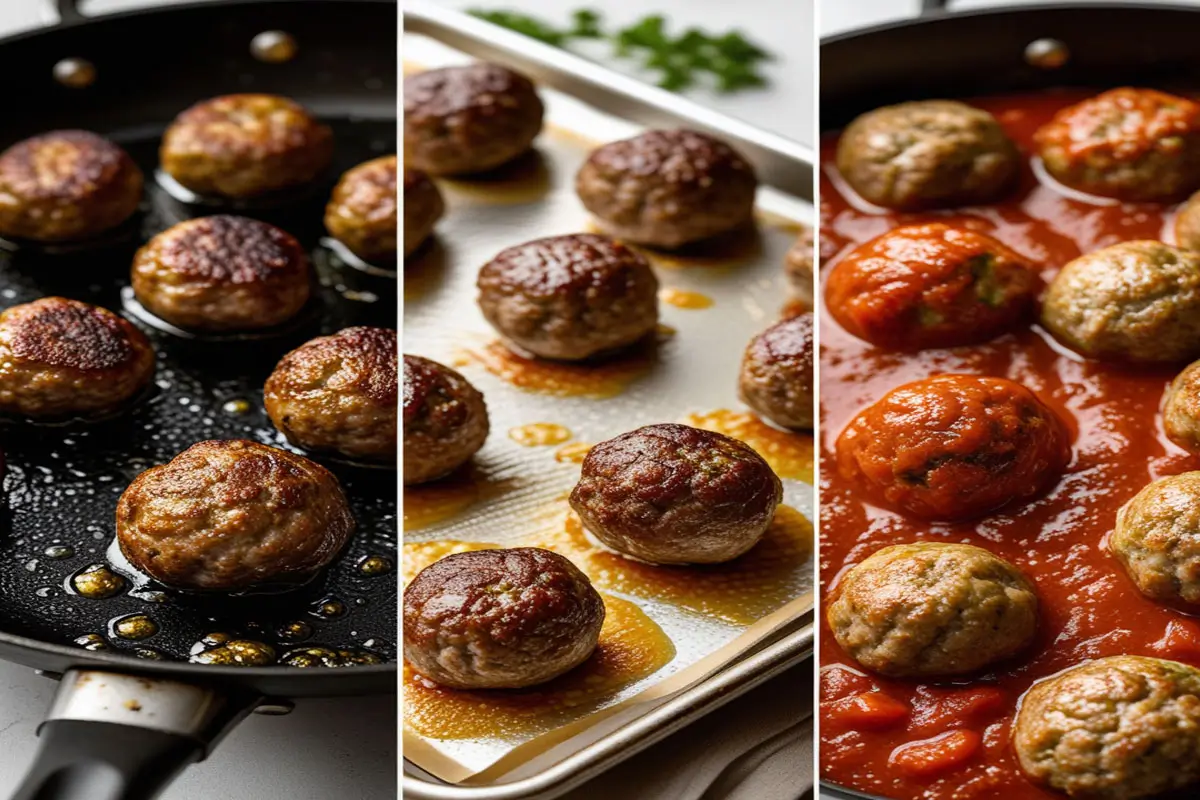
The cooking method you choose for your Wagyu meatballs will significantly impact their texture and flavor. Each method offers a unique result, so it’s important to consider your preferences when making the decision. Some of the best cooking methods for Wagyu meatballs include:
- Pan-Frying: This method allows you to get a crispy, caramelized exterior while keeping the inside tender and juicy. Simply heat some oil in a pan over medium-high heat, then cook the meatballs, turning occasionally, until golden brown and cooked through.
- Baking: Baking is a great method if you want to cook a large batch of meatballs at once. Preheat the oven to 400°F (200°C) and bake the meatballs on a lined baking sheet for about 15-20 minutes, or until they reach an internal temperature of 160°F (71°C).
- Simmering in Sauce: Another option is to cook the meatballs in a rich tomato or cream-based sauce. This method not only enhances the flavor of the meatballs but also keeps them moist and tender. Simply simmer the meatballs in the sauce for about 20-30 minutes, depending on the size.
Pairing Wagyu Meatballs with the Perfect Sauce
A delicious sauce can elevate your Wagyu meatballs and bring out their rich, umami flavor. Here are a few classic and creative sauce options to consider:
- Tomato-Based Sauces: A traditional marinara sauce is always a great pairing with Wagyu meatballs. The acidity and sweetness of the tomatoes balance the richness of the meatballs.
- Creamy Mushroom Sauce: For a more indulgent experience, pair Wagyu meatballs with a rich mushroom cream sauce. The earthy flavors of the mushrooms complement the beef, while the creaminess adds smoothness to every bite.
- Asian-Inspired Soy Glaze: If you’re craving something a little different, an Asian-style soy glaze made with ginger, garlic, and soy sauce pairs wonderfully with Wagyu meatballs, offering a savory and slightly sweet profile.
Ultimately, the perfect sauce for your Wagyu meatballs depends on your flavor preferences. Experimenting with different options will allow you to discover your favorite combination.
Serving Suggestions for a Gourmet Wagyu Meatball Experience
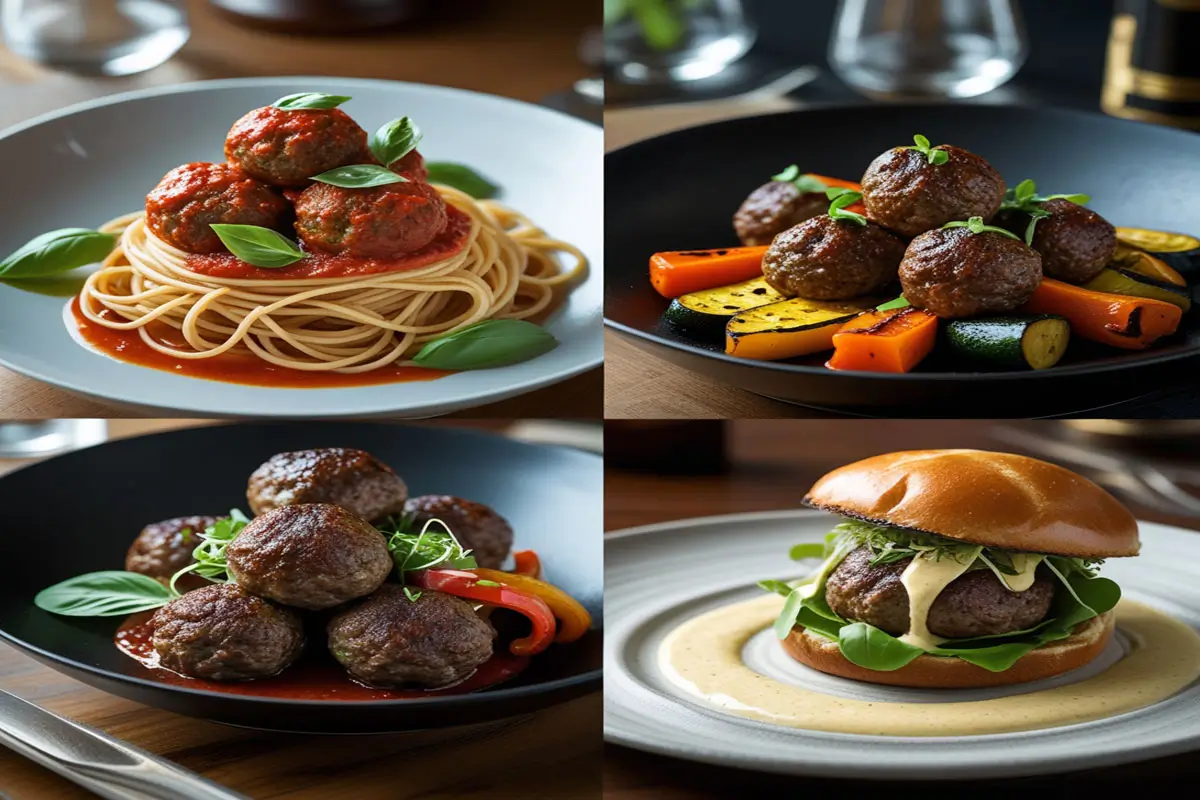
To truly impress your guests with your Wagyu meatballs, consider these gourmet serving ideas that complement the luxurious flavors of the beef:
- Over Pasta: Serve your Wagyu meatballs atop a bed of fresh pasta like spaghetti or pappardelle for a classic Italian dish. The sauce will soak into the noodles, adding depth to the meal.
- With Roasted Vegetables: Pair your Wagyu meatballs with a medley of roasted vegetables such as carrots, zucchini, and bell peppers. The charred vegetables offer a smoky contrast to the rich meatballs.
- On a Charcoal-Grilled Burger Bun: For a fun twist, serve the Wagyu meatballs in a gourmet burger form, nestled inside a toasted brioche bun with fresh greens and a drizzle of aioli.
Presenting Wagyu meatballs in an elevated way with complementary sides and garnishes adds sophistication to your meal, ensuring a memorable dining experience.
Common Mistakes to Avoid When Cooking Wagyu Meatballs
Cooking Wagyu meatballs may seem straightforward, but there are a few common mistakes that can impact the final result. Here’s what to avoid:
- Overcooking the Meatballs: Wagyu beef is naturally tender, so overcooking it will cause it to dry out. Monitor your cooking time carefully to maintain juiciness.
- Not Using Enough Fat: One of the main reasons Wagyu beef is so delicious is its high fat content. If you use a leaner cut or don’t incorporate enough fat into the meatball mixture, your meatballs may lack flavor and moisture.
- Handling the Meat Too Roughly: Overworking the meat when mixing and shaping the meatballs can make them tough. Always handle with care to maintain their delicate texture.
By avoiding these mistakes, you’ll ensure that your Wagyu meatballs turn out perfect every time.
Get the recipe for Alfredo meatballs and discover the perfect Dutch oven spaghetti and meatballs.
Storage and Reheating Tips for Wagyu Meatballs

To preserve the quality and taste of your Wagyu meatballs, proper storage and reheating are essential. Here are some tips:
- Storage: Store leftover Wagyu meatballs in an airtight container in the refrigerator for up to 3-4 days. If you want to store them for a longer period, freeze them in a single layer on a baking sheet before transferring them to a freezer bag.
- Reheating: When reheating, it’s best to do so gently. For the most tender result, reheat Wagyu meatballs in the oven at 350°F (175°C) for about 10-15 minutes, or until heated through. Alternatively, you can reheat them in a pan with a bit of sauce to keep them moist.
Proper storage and reheating techniques will help maintain the juiciness and flavor of your Wagyu meatballs.
Frequently Asked Questions
How do you cook Wagyu meatballs?
To cook Wagyu meatballs, start by mixing the ground Wagyu beef with breadcrumbs, eggs, garlic, and seasonings. Shape the mixture into meatballs and refrigerate for 30 minutes. You can then either pan-fry them in a hot skillet for a crispy exterior or bake them in the oven at 400°F (200°C) for 15-20 minutes. Ensure that the internal temperature reaches 160°F (71°C) for the perfect balance of tenderness and juiciness.
What kind of meat is Wagyu beef?
Wagyu beef refers to beef from specific Japanese cattle breeds, known for their high marbling of fat within the muscle tissue. This marbling gives Wagyu beef its distinct flavor, tenderness, and juiciness. The term “Wagyu” translates to “Japanese cow,” and the beef is highly prized for its rich, buttery texture and superior taste compared to other types of beef.
Does Wagyu hamburger taste different?
Yes, a Wagyu hamburger tastes significantly different from a regular beef burger. Due to the high fat content and marbling in Wagyu beef, it offers a rich, buttery flavor and a tender, juicy texture that regular beef burgers typically lack. The higher levels of monounsaturated fats in Wagyu also give it a unique melt-in-your-mouth experience, making the hamburger more flavorful and luxurious.
What makes Wagyu meat so expensive?
Wagyu meat is expensive due to several factors. The cattle are raised under strict and specialized conditions, including a carefully controlled diet and living environment to promote the high marbling of fat. The breeding process is highly selective, ensuring the best genetic traits are passed down. Additionally, the labor-intensive care and longer rearing times for Wagyu cattle contribute to the higher cost. The rarity and exclusivity of Wagyu beef, particularly premium grades like A5, also drive up its price.
Conclusion: Final Thoughts on Cooking and Enjoying Wagyu Meatballs
Wagyu meatballs offer a gourmet twist on the traditional meatball, bringing together luxurious flavor and exceptional tenderness. By selecting the right cut of Wagyu, using the perfect ingredients, and cooking with care, you can create a dish that will impress any guest. Whether you bake, fry, or serve them with a rich sauce, Wagyu meatballs are sure to elevate your culinary experience. Enjoy experimenting with different flavor combinations and cooking methods, and you’ll be rewarded with a dish that stands out in both taste and texture.

